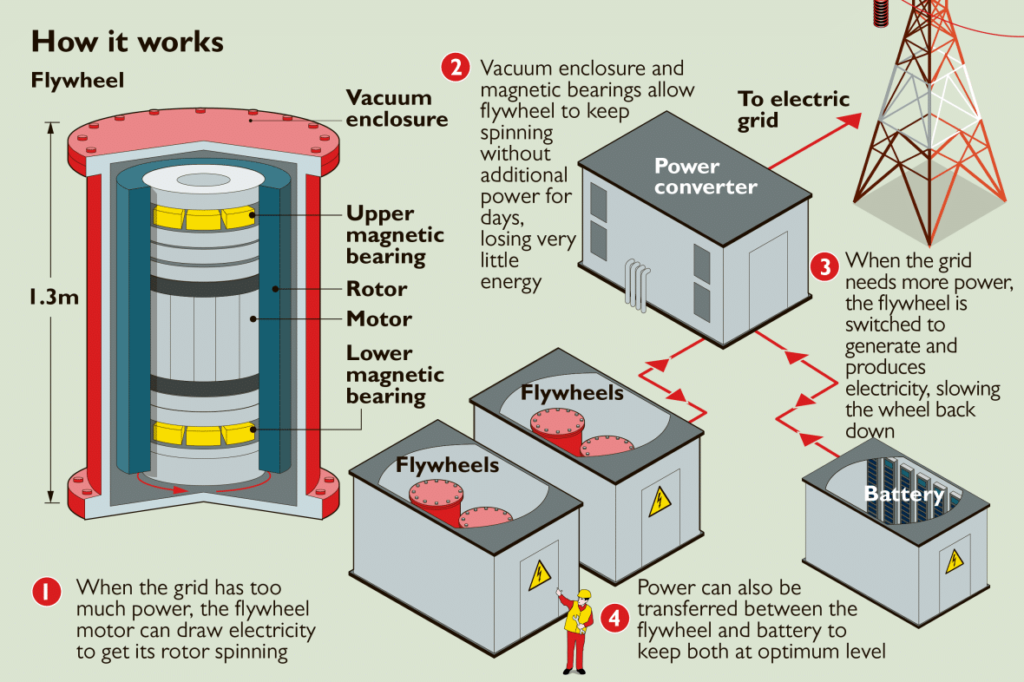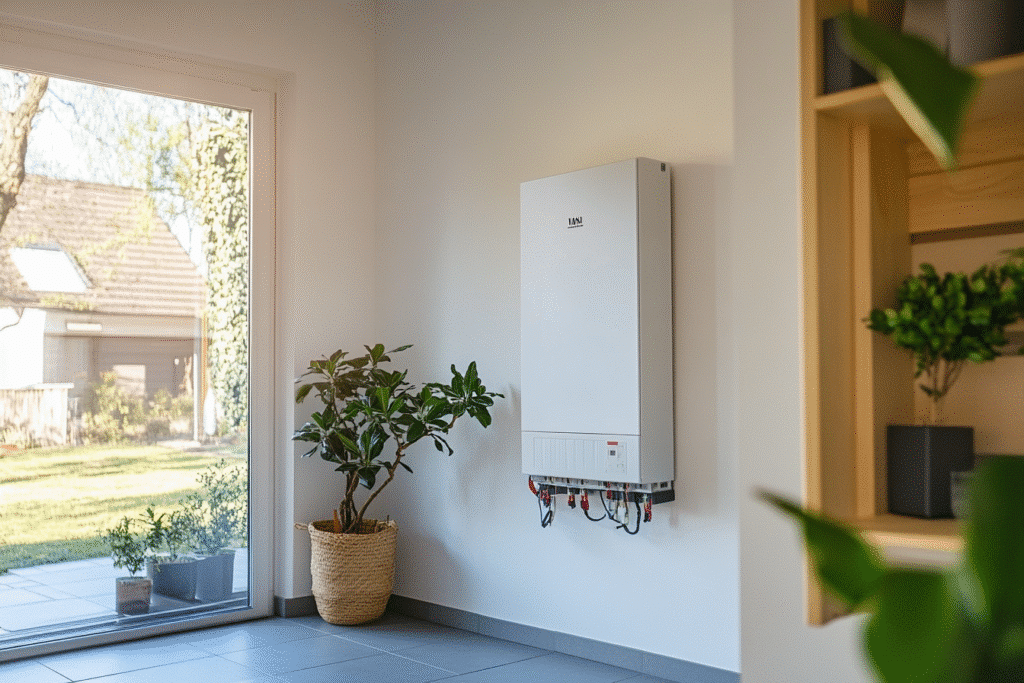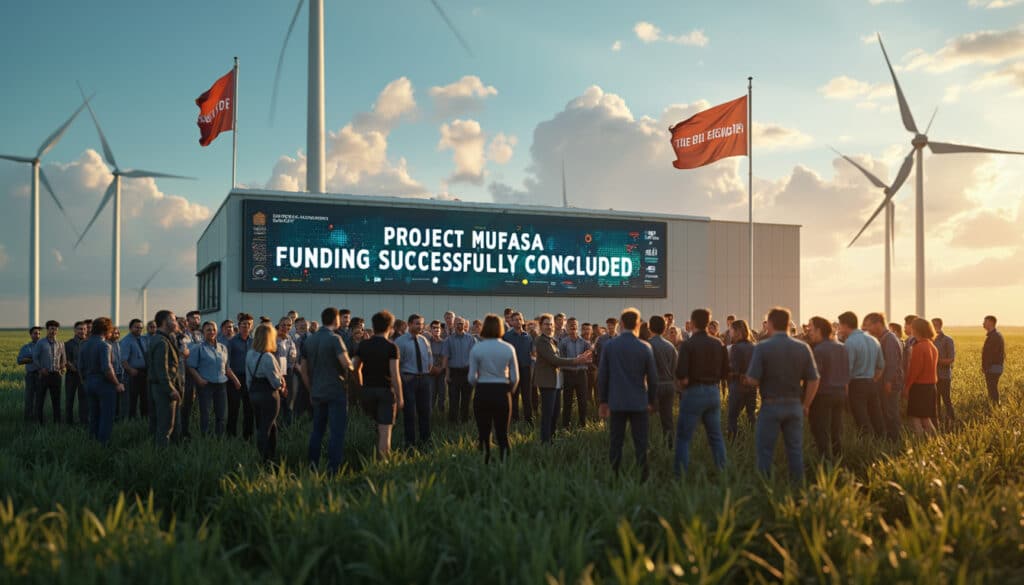Under the effect of massive integration of renewable energies, the energy system must be rethought. With the growing share of solar and wind, managing flexibilities in electrical systems becomes crucial. Energy storage allows for addressing these challenges, providing the capacity to absorb excess production during off-peak periods and redistribute this energy during consumption peaks. Thus, this flexibility will facilitate the integration of intermittent energy sources and reduce dependence on fossil fuels.
Technological innovations in energy storage
Among the explored solutions, batteries, whose importance is growing every day, stand out for their ability to store energy on a large scale. Projects like those carried out by Forge Battery, which launches lithium-ion batteries of 300 Wh/kg, testify to this technological advancement. These devices will allow for finer management of flexibility, essential for maintaining the stability of the electrical grid.
The importance of hydrogen should not be overlooked either. This energy vector plays a key role in the decarbonization of energy uses, while serving as a flexibility factor for energy systems. Investing in storage technologies like liquid hydrogen, a subject of crucial research at Monash University, represents an important step towards a more sustainable energy future.
The challenges and solutions for a sustainable energy future
Energy storage is a multidimensional topic. Besides batteries and hydrogen, other solutions like compressed air storage attract attention for their potential energy flexibility. The need for significant investments in the electrical grid to integrate these technologies and improve infrastructure is indisputable. The management of intermittent production from solar and wind energy must be supported by robust storage systems.
For long-term prospects, innovations and new projects must be encouraged. For example, Portland General Electric is actively investing in new infrastructure to meet growing demand. Additionally, large-scale initiatives like South Australia aiming for 100% renewable energy by 2027 showcase irreversible ambitions toward a sustainable future.
Investir dans des solutions de stockage d’énergie domestique permet non seulement de réduire votre empreinte carbone mais aussi de garantir une source d’énergie fiable en cas de coupure.
— Tesla-mag.com (@MagazineTesla) September 1, 2024
➡️ https://t.co/z13TZLfjYO
“`
Articles similaires
Thank you!
We will contact you soon.














